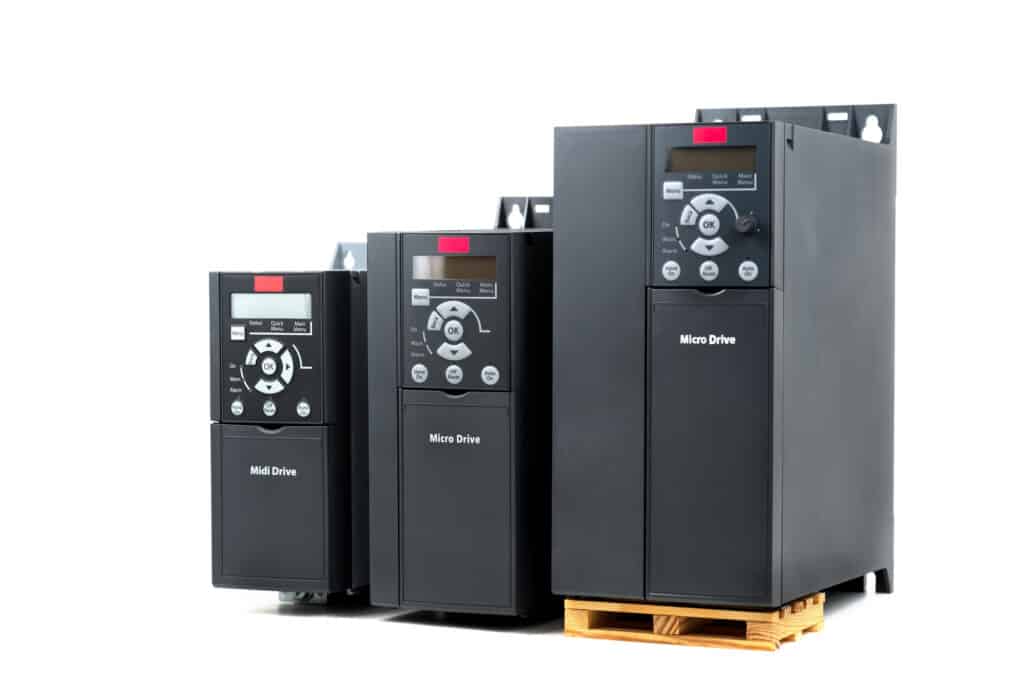
Variable Frequency Drives (VFDs) are a type of motor controller that drives an electric motor by varying the frequency and voltage supplied to the electric motor. They are used in various types of industries for a wide range of applications, from small appliances to large industrial machinery. But how efficient are they? This article will delve into the efficiency of VFDs, their benefits, and their potential drawbacks.
Understanding Variable Frequency Drives
Before we can discuss the efficiency of VFDs, it’s important to understand what they are and how they work. A VFD controls the speed and torque of an AC motor by adjusting the motor’s electrical supply’s frequency and voltage. This allows the motor to only use as much power as needed for the task at hand, rather than running at full power all the time.
Efficiency of Variable Frequency Drives
The primary advantage of VFDs is their ability to improve energy efficiency. By allowing motors to run only at the speeds necessary for the tasks they’re performing, VFDs can significantly reduce energy consumption. In fact, studies have shown that using a VFD can result in energy savings of up to 70%.
Moreover, VFDs can also improve process efficiency. By providing precise control over motor speed and torque, VFDs allow processes to be fine-tuned and optimized, which results in improved product quality, reduced waste, and increased productivity.
Benefits of Variable Frequency Drives
In addition to improving energy and process efficiency, VFDs offer several other benefits. For instance, they can extend the life of a motor by reducing the stress placed on it. By allowing the motor to start and stop gradually rather than abruptly, VFDs can prevent wear and tear on the motor’s components.
VFDs can also provide better control over machinery. By precisely controlling motor speed and torque, VFDs can improve the performance of machinery and reduce the risk of damage caused by mechanical stress.
Potential Drawbacks of Variable Frequency Drives
While VFDs offer many benefits, they also have potential drawbacks. One of these is the initial cost. VFDs are more expensive than traditional motor controllers, which can deter some businesses from investing in them. However, the energy savings provided by VFDs can often offset this initial cost over time.
Another potential drawback is that VFDs can generate heat. If not properly managed, this heat can damage the VFD and shorten its lifespan. Therefore, it’s important to ensure that VFDs are properly cooled and ventilated.
In conclusion, Variable Frequency Drives are highly efficient devices that can significantly reduce energy consumption and improve process efficiency. While they do have some potential drawbacks, such as their initial cost and the heat they generate, these can often be mitigated with proper planning and management. Therefore, for many businesses, the benefits of VFDs far outweigh their drawbacks.




